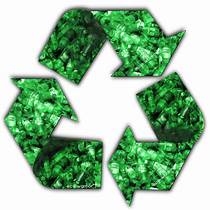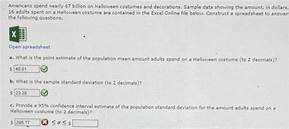What is Recycled PET Plastic
PET, short for Polyethylene Terephthalate, is a strong, lightweight, and inexpensive plastic that is widely used for food and beverage packaging. PET plastic is also highly recyclable, making it an excellent choice for environmentally conscious consumers.

How is Recycled PET Plastic Made?
1. Collection: The first step in recycling PET plastic is collection. PET plastic can be found in a variety of places, including recycling bins, curbside pick-up programs, and drop-off locations. 2. Sorting: Once collected, PET plastic is sorted from other types of plastic. This is usually done by hand or with the help of machines. 3. Baling: The sorted PET plastic is then baled into large cubes or blocks. This makes it easier to transport and store the plastic. 4. Shredding: The baled PET plastic is then shredded into small flakes. This is done to increase the surface area of the plastic, which makes it easier to melt and recycle. 5. Washing: The shredded PET plastic is then washed to remove any contaminants, such as dirt, food residue, and labels. 6. Drying: The washed PET plastic is then dried to remove any moisture.
What are the Benefits of Using Recycled PET Plastic?
1. Reduced Landfill Waste: Recycling PET plastic helps to reduce the amount of plastic that ends up in landfills. This helps to conserve space and protect the environment. 2. Conservation of Natural Resources: Recycling PET plastic also helps to conserve natural resources, such as oil and natural gas. This is because recycled PET plastic can be used to make new products, instead of using virgin materials. 3. Reduced Greenhouse Gas Emissions: Recycling PET plastic also helps to reduce greenhouse gas emissions. This is because recycling plastic requires less energy than producing new plastic from virgin materials. 4. Economic Benefits: Recycling PET plastic also has economic benefits. The plastics industry creates jobs and generates revenue. In addition, recycling plastic can help to reduce the cost of waste disposal.
What are the Challenges of Recycling PET Plastic?
1. Contamination: Contamination is a major challenge in the recycling of PET plastic. Contaminants can include dirt, food residue, and labels. These contaminants can make it difficult to recycle the plastic, and can also lead to lower-quality recycled plastic. 2. Recycling Rates: The recycling rate for PET plastic is relatively low compared to other materials, such as aluminum and paper. This is because PET plastic is often not collected or sorted properly. 3. Cost: Recycling PET plastic can be more expensive than producing new plastic from virgin materials. This is because recycling requires more energy and labor. 4. Quality of Recycled PET Plastic: The quality of recycled PET plastic can vary depending on the recycling process and the source of the plastic. Some recycled PET plastic may not be as strong or durable as new plastic.
Declaration: All article resources on this website, unless otherwise specified or labeled, are collected from online resources. If the content on this website infringes on the legitimate rights and interests of the original author, you can contact this website to delete it.




